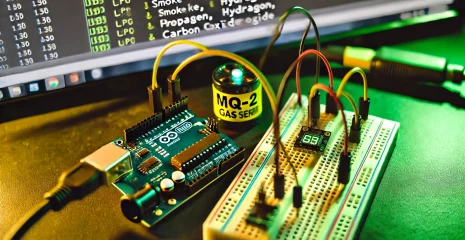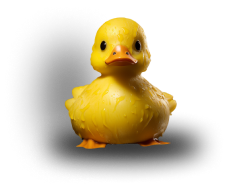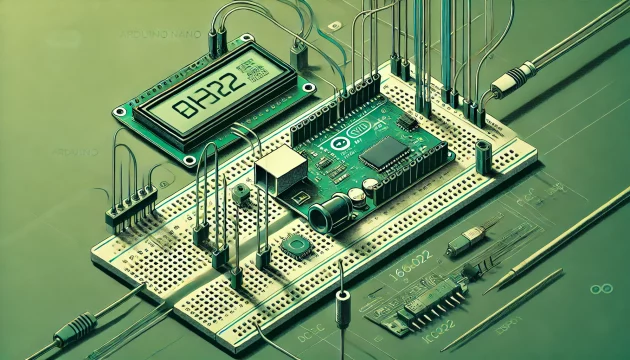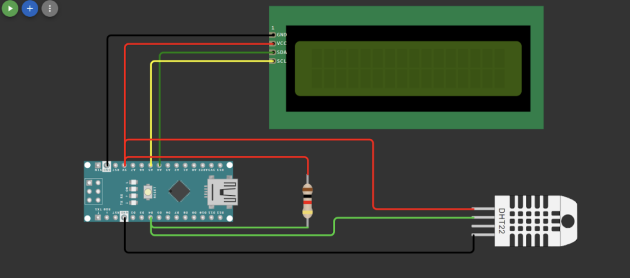

In this article we are going through a simple temperature and humidity monitoring project using Arduino Nano, DHT22 and LCD 1602 I2C display. You will learn how to connect the components, load the firmware and configure the system to display data on the display. The project is suitable for both beginners and those who already have experience working with Arduino. Read on to build your own climate monitoring device.

Required components:
DHT22

Power can be supplied via a USB port.
**If you do not have the Arduino IDE installed, I advise you to watch the video tutorial, which shows how to install and configure it. At this link you will find information on how to install the driver on the Arduino board.**
Download the firmware from this link and upload it to the Arduino according to the instructions above. The library and project scheme can be found here.
We hope that everything worked out for you! The sensor measures temperature and humidity, transmits this data to the Arduino, which in turn displays it on the display.
Disclaimer. This article is created for informational purposes only. All advice and instructions are provided for educational purposes and we are not responsible for any possible consequences related to the implementation of this project. Always use safety precautions when working with electronic components.
If you have any problems, you can contact us at [email protected].
